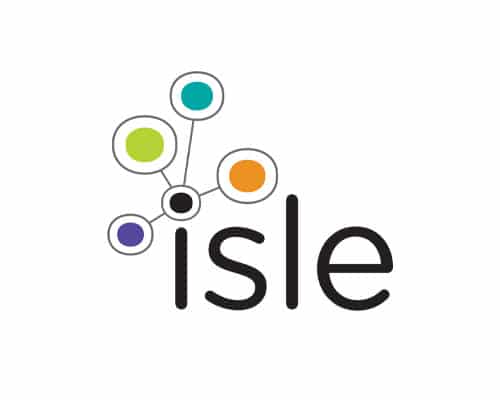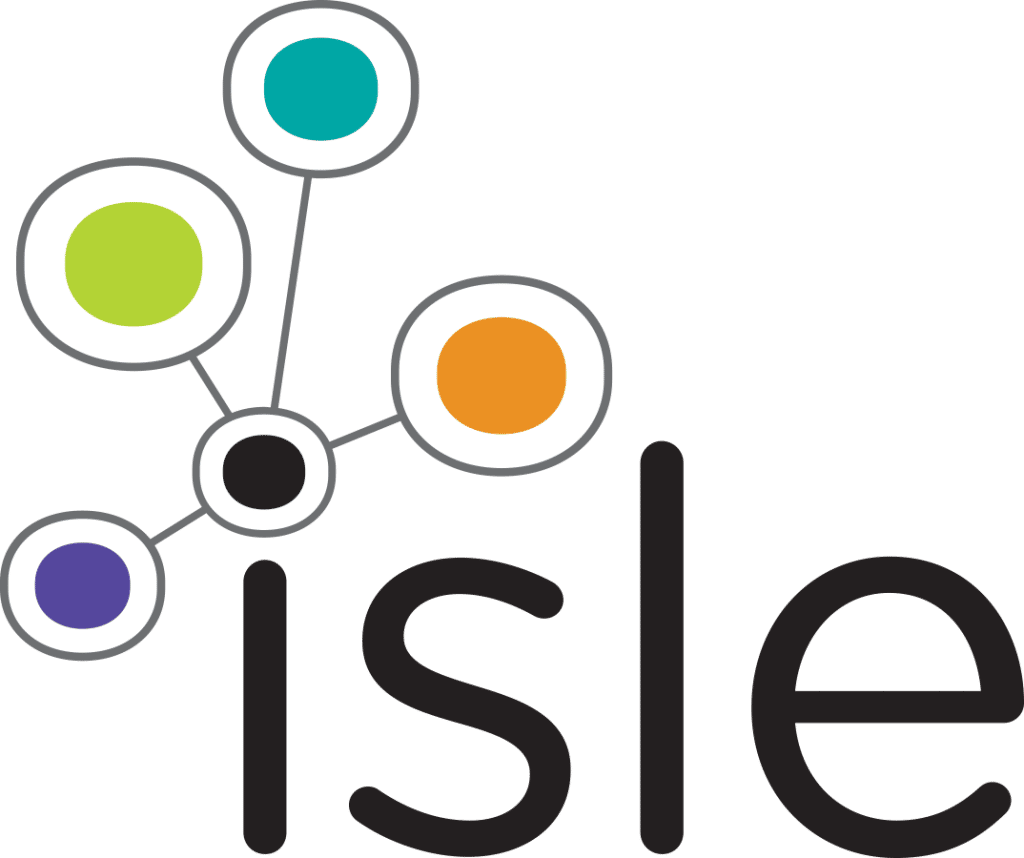Post-merger integration: Seamless Integration of Diverse Industries for Enhanced Business Synergy
Facilitating the Post-Merger Integration of an Energy, Telecommunications, and Property Technology Businesses to Form a Comprehensive Solution Provider – Smart Urban Properties Australia (Supa).
MHC’s client, an embedded network operator, merged with a telecom and 2 technology businesses. This formed Smart Urban Properties Australia (Supa) – a one-stop-shop for property developers to install services into their developments. Supa believes that this will be a unique offering in the market, particularly in the Build-to-Rent model where quality of solution is highly-prized.
The project aim was to merge 4 distinct businesses, each of different sizes and maturity, into a single entity that could provide an integrated product offering and implementation model to prospective clients.
MHC deployed a 3-step process to establish a combined operating model:
1. Spoke to each business about their customers, operations, and personnel.
2. Developed a common operational model to absorb all business functions.
3. Mapped each business to the new model, recommending what functions should merge and in what timeframe.
Benefits of Approach/Innovation:
Innovative Synergy: The merger was of an embedded network operator, a telecom, and two property technology businesses. This created the formation of Supa. This unified platform combines diverse expertise to offer a comprehensive solution.
Integrated Product Portfolio: The integrated entity now offers a streamlined product portfolio. Offering property developers a comprehensive one-stop shop for all their project requirements.
Operational Efficiency: The merged operational model optimizes resource utilization and enhances overall efficiency.
Strategic Transition: MHC’s 3-step process for integration ensures a smooth transition, preserving business autonomy while promoting integration.
Specialist Services Involved:
Consultation and Insights: In-depth consultations with each business provided valuable insights into customer profiles, operational intricacies, and personnel dynamics.
Operational Model Design: Developed a common operational model that seamlessly absorbed functions from different entities.
Strategic Integration Planning: Mapped a strategic plan for integration, recommending which functions to merge and outlining a timeline for execution.
Outcomes:
Streamlined Integration: The merger of energy, telecommunications, and property technology businesses led to the formation of Smart Urban Properties Australia. This enabled the provision of a unified platform for property developers.
Enhanced Market Appeal: The integrated product offering and implementation model positioned Smart Urban Properties Australia as a unique and highly competitive player in the market, particularly within the Build-to-Rent model.
Optimized Operations: The newly combined entity achieved operational efficiency by harmonizing functions across diverse businesses. This enabled the maximization of resource utilization and an enhancement in service delivery.
Increased Resilience: The post-merger entity developed a robust framework to navigate industry challenges, ensuring long-term viability and adaptability in a rapidly evolving market.
Accelerated Growth Trajectory: With a clear strategic direction and unified approach, Smart Urban Properties Australia set a foundation for sustained growth and expansion in the industry.
Strategic Partnerships: The merger facilitated strategic alliances with key players in the energy, telecommunications, and property technology sectors, creating a comprehensive ecosystem of services.
Market Responsiveness: The integrated entity swiftly responded to market demands, providing tailored solutions to property developers’ evolving needs.
Improved Client Experience: The merged businesses were able to provide a seamless and comprehensive service to clients, enhancing overall satisfaction and client retention.
Sustainable Business Model: The integration emphasized sustainability practices, aligning with industry trends and contributing to a more environmentally-conscious approach to property development.
Technological Synergy: The merger allowed for the seamless incorporation of technology-driven solutions, enhancing the overall efficiency and effectiveness of service delivery.
The successful post-merger integration led to the establishment of Smart Urban Properties Australia (Supa), poised to revolutionize property development solutions.
Supa embraced the recommended operational model, enhancing cross-selling opportunities, leveraging operational efficiencies, and preparing for future growth.
Key Contact:
For inquiries and further information, please contact: Paul Minnock

